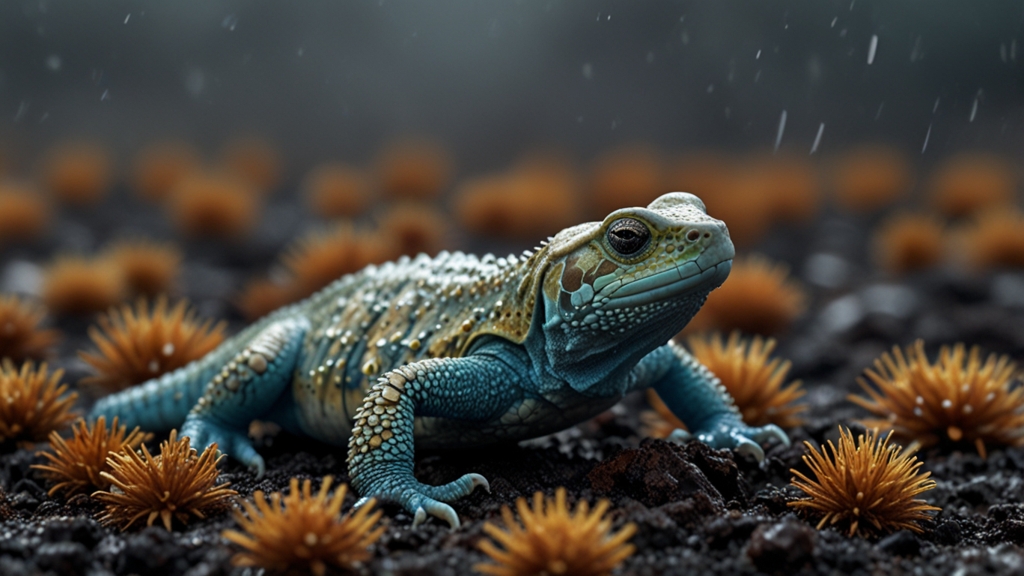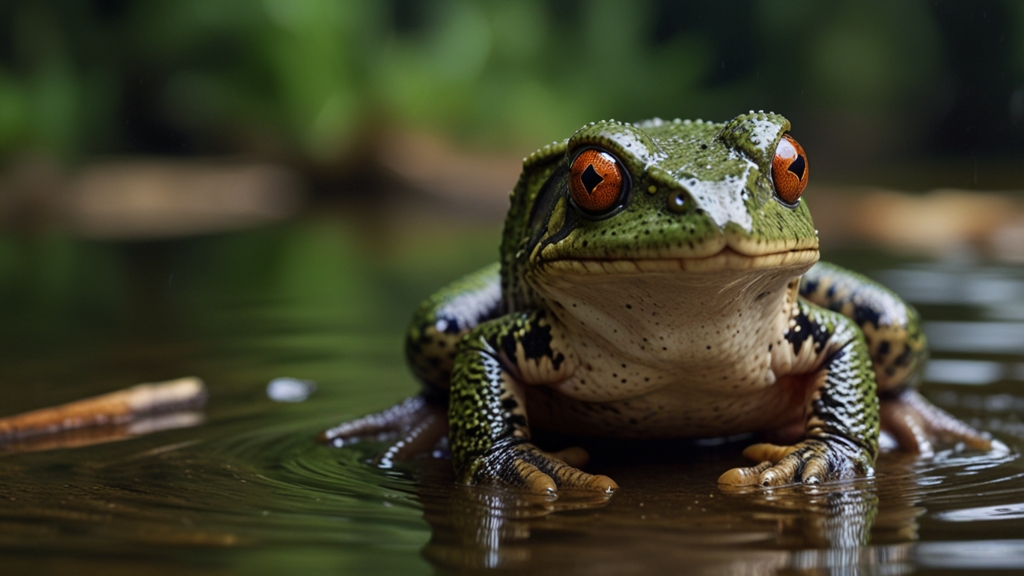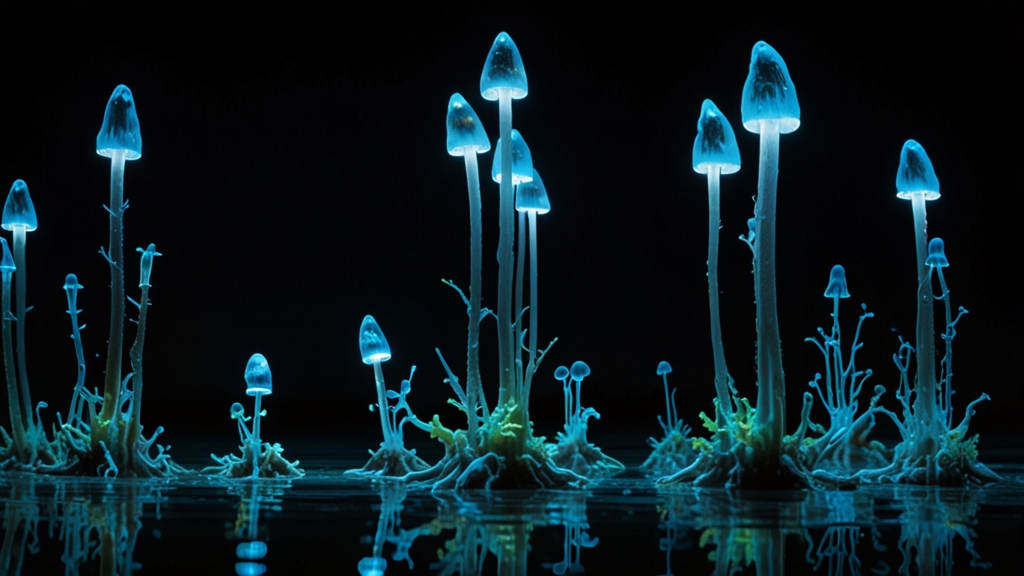Life in Extreme Environments: How Organisms Survive in the Harshest Conditions
From the freezing abyss of the deep ocean to the scorching heat of desert sands, life has found a way to survive in some of the most extreme environments on Earth. These remarkable organisms, known as extremophiles, have evolved unique adaptations that enable them to endure conditions that would be lethal to most life forms.
Surviving the Freeze: Life in Polar Regions
In the icy realms of the Arctic and Antarctic, temperatures can drop to below -50 degrees Celsius. Despite these frigid conditions, life thrives. Antarctic krill, for example, are small crustaceans that form the basis of the food chain in these waters. They have developed special proteins in their blood that act like antifreeze, preventing ice crystals from forming within their bodies.
Similarly, certain types of bacteria and algae flourish in subzero temperatures. These microorganisms often produce pigments to protect against UV radiation and cellular enzymes that remain functional even in extreme cold. By harnessing these biological mechanisms, they not only survive but also proliferate in these inhospitable habitats.
Cryophiles, or cold-loving organisms, are fascinating in their ability to thrive where liquid water is scarce. Their cellular membranes and metabolic processes are uniquely adapted to function optimally at subzero temperatures.
Enduring the Heat: Life in Deserts and Hot Springs
Deserts present the dual challenge of extreme heat during the day and stark cold at night, coupled with a severe scarcity of water. Nevertheless, flora and fauna have adopted ingenious strategies to cope. The cactus—a quintessential desert plant—stores water in its thick, fleshy tissues and possesses a shallow but extensive root system to absorb any available moisture quickly.
Meanwhile, thermophiles are organisms that not only tolerate but prefer high temperatures. For example, certain bacteria residing in hot springs can survive temperatures exceeding 100 degrees Celsius. These heat-loving microbes possess proteins that are extraordinarily stable at such high temperatures, preventing denaturation that would typically occur in other organisms.
Persistence in Acidity: Life in Acidic Environments
Some extremophiles have adapted to survive in highly acidic conditions, such as those found in sulfuric hot springs or around hydrothermal vents. Acidophiles, or acid-loving organisms, have evolved cell membranes that resist corrosion by acidic substances and enzymes that function optimally in low pH conditions.
Acidophiles are often featured in studies about life's potential on other planets, as they showcase the incredible adaptability of life forms to extreme conditions, broadening our understanding of the possible habitats extraterrestrial life might thrive in.
Withstanding High Pressure: Life in the Deep Ocean
The deep ocean is one of the most extreme environments on Earth, characterized by immense pressures, frigid temperatures, and total darkness. Yet, life abounds even at these crushing depths. Deep-sea fish, such as the anglerfish, have adapted to these conditions with high levels of trimethylamine oxide in their tissues, which helps counteract the pressure and maintain cell integrity.
Hydrothermal vents, spewing mineral-rich water at temperatures over 300 degrees Celsius, are teeming with unique life forms such as tube worms and chemosynthetic bacteria. These organisms rely on chemical energy from sulfur compounds, rather than sunlight, to fuel their metabolic processes—a remarkable adaptation to their lightless environment.
The resilience of life in the deep ocean exemplifies the unfathomable adaptability of living organisms. The discovery of complex ecosystems around hydrothermal vents has revolutionized our understanding of life's potential in the Universe.
Conclusion
Extremophiles demonstrate the extraordinary potential of life to adapt and thrive in environments that seem utterly hostile. By studying these organisms, scientists gain valuable insights into the limits of life on Earth and perhaps on other planets. The diverse mechanisms that allow extremophiles to endure such harsh conditions highlight the tenacity and versatility of life, offering inspiration and knowledge that can transform our understanding of biology, ecology, and even technology.











